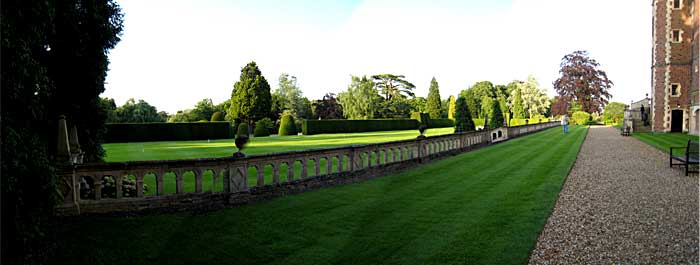Interesting First Monday article on the concept of ‘friendship’ in MySpace, Facebook etc.
Abstract reads:
“Are you my friend? Yes or no?” This question, while fundamentally odd, is a key component of social network sites. Participants must select who on the system they deem to be ‘Friends.’ Their choice is publicly displayed for all to see and becomes the backbone for networked participation. By examining what different participants groups do on social network sites, this paper investigates what Friendship means and how Friendship affects the culture of the sites. I will argue that Friendship helps people write community into being in social network sites. Through these imagined egocentric communities, participants are able to express who they are and locate themselves culturally. In turn, this provides individuals with a contextual frame through which they can properly socialize with other participants. Friending is deeply affected by both social processes and technological affordances. I will argue that the established Friending norms evolved out of a need to resolve the social tensions that emerged due to technological limitations. At the same time, I will argue that Friending supports pre-existing social norms yet because the architecture of social network sites is fundamentally different than the architecture of unmediated social spaces, these sites introduce an environment that is quite unlike that with which we are accustomed.
Thanks to Robert Scoble for the link.





